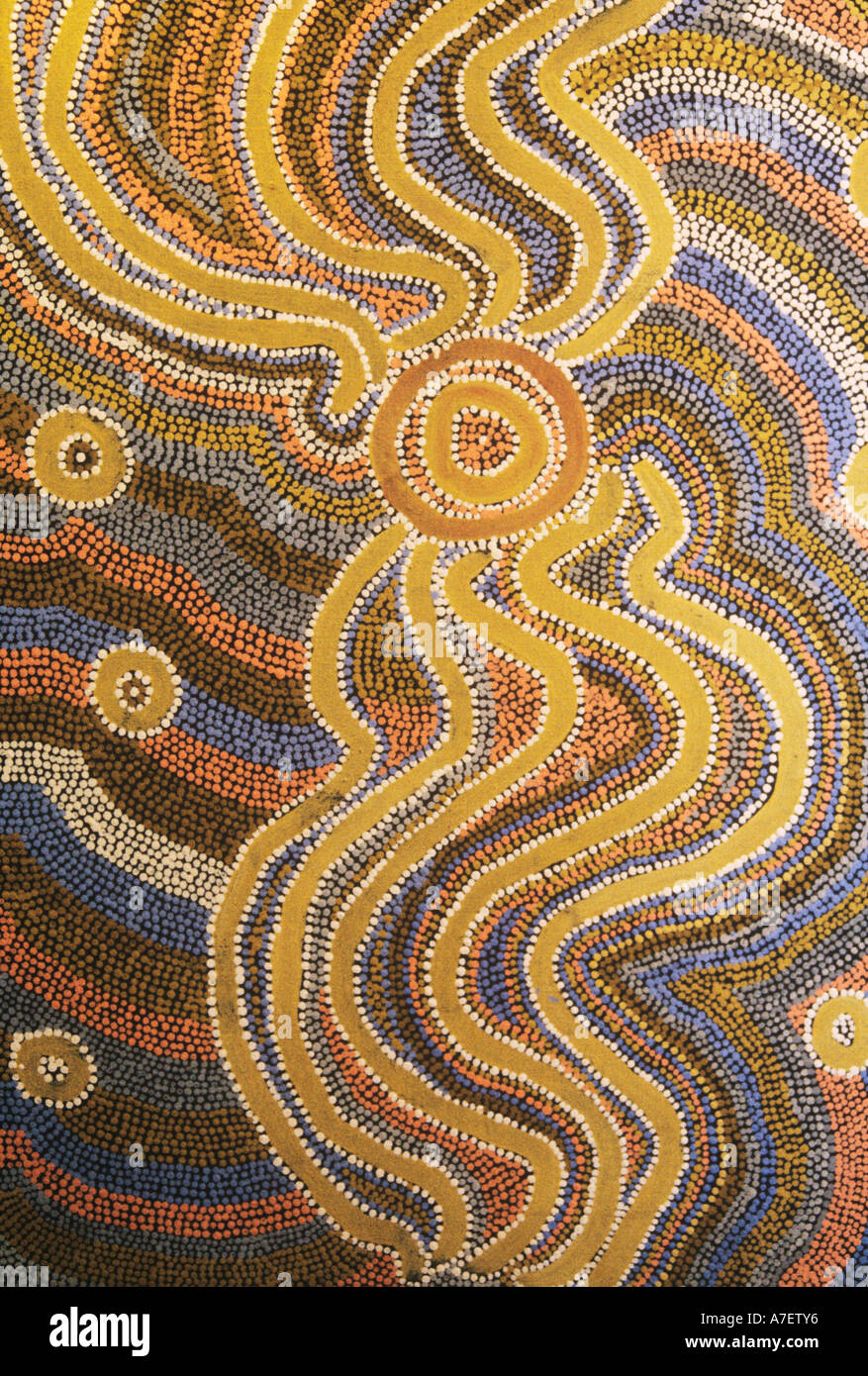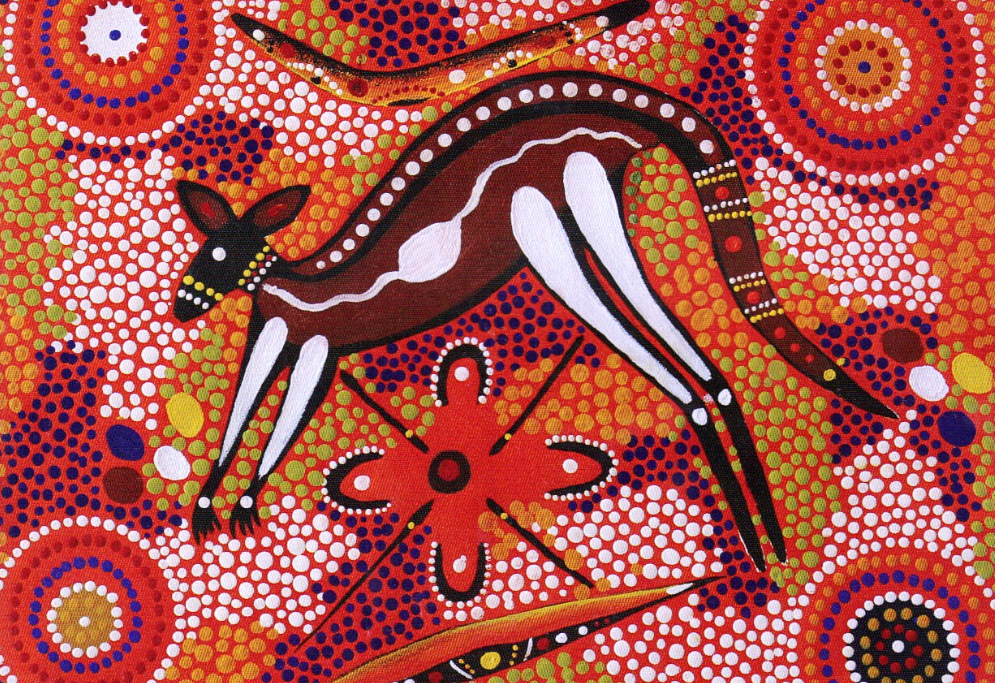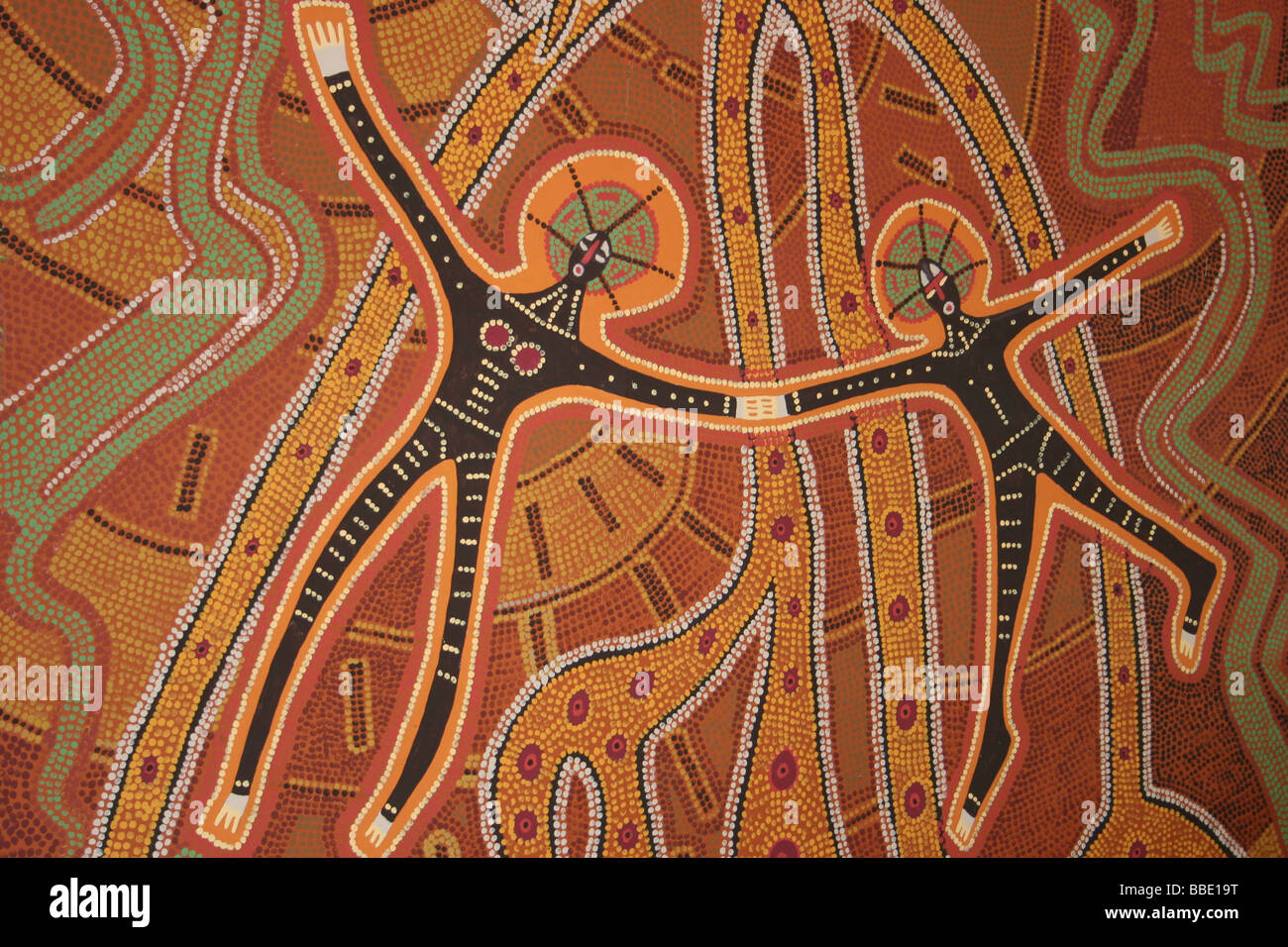Unveiling the Timeless Tapestry: A Journey into Aboriginal Art and Dreamtime
Unveiling the Timeless Tapestry: A Journey into Aboriginal Art and Dreamtime

The vibrant colours, intricate patterns, and profound symbolism of Aboriginal art are a testament to a rich cultural heritage spanning millennia. Beyond its aesthetic beauty lies a deeper meaning, a connection to the ancestral past and the spiritual realm known as Dreamtime. This article delves into the captivating world of Aboriginal art, exploring its origins, diverse styles, and the profound significance of Dreamtime in shaping its narrative.
Origins and Significance of Aboriginal Art
Related Articles: Unveiling the Timeless Tapestry: A Journey into Aboriginal Art and Dreamtime
- Terra Nullius: A Legacy Of Dispossession And Its Enduring Impact
- The Complexities Of "Full-Blooded" In Australia: Unpacking Identity And Ancestry
- Leaping Through Time: Exploring The Significance Of Kangaroo Aboriginal Paintings
- Unraveling The Meaning Of "Taurai" In Aboriginal Culture: A Journey Into Language And Spirituality
- A Taste Of The Tropics: Exploring Australia’s Diverse Fruit Bounty
Aboriginal art is the oldest continuous art tradition in the world, dating back at least 65,000 years. It’s not just a form of visual expression; it’s a powerful tool for storytelling, preserving knowledge, and connecting generations. The art is deeply embedded in the land, with each region boasting its own unique style and symbolism, reflecting the specific environment, resources, and ancestral stories of that particular group.
The Canvas of the Land: Rock Art and its Significance
Rock art, the oldest form of Aboriginal art, is found across the Australian continent, adorning cave walls, rock shelters, and exposed rock faces. These ancient engravings and paintings depict a myriad of subjects, including animals, humans, ancestral beings, and intricate geometric patterns. The significance of rock art extends beyond aesthetic expression; it serves as a visual archive of cultural knowledge, capturing stories of creation, hunting practices, rituals, and social structures.
The Power of Symbolism: Deciphering the Language of the Land
Aboriginal art is rich in symbolism, each element carrying profound meaning. The colours used, the arrangement of lines and dots, and the depiction of specific animals or figures all contribute to a complex narrative. Understanding these symbols requires a deep knowledge of the Dreamtime stories and the specific cultural context in which they were created.
Dreamtime: The Foundation of Aboriginal Art
Dreamtime is not simply a historical period but a living, breathing reality that permeates every aspect of Aboriginal culture, including art. It’s a realm of ancestral beings, creation myths, and spiritual connections to the land. The stories of Dreamtime are not just legends; they are the foundation of Aboriginal law, social structure, and environmental stewardship.
Diverse Styles and Regions: A Tapestry of Artistic Expression

The Australian continent is vast, and each region boasts its own unique style of Aboriginal art. Some prominent styles include:
- Arnhem Land (Northern Territory): Known for its vibrant colours, intricate cross-hatching, and depictions of ancestral beings.
- Western Desert (Western Australia): Characterized by bold, abstract designs, vibrant ochre pigments, and dot painting techniques.
- Central Australia (Northern Territory and South Australia): Famous for its intricate dot paintings, depicting ancestral journeys and stories.
- Papua New Guinea: Exhibits a diverse range of styles, including intricate geometric patterns, human figures, and stylized animal forms.

Contemporary Aboriginal Art: A Fusion of Tradition and Innovation
Contemporary Aboriginal art is a vibrant fusion of traditional techniques and modern artistic expression. Artists are reinterpreting ancient stories and symbols, incorporating new materials and techniques, and pushing the boundaries of artistic expression. This contemporary movement has gained international recognition, with Aboriginal artists gaining prominence on the world stage.
The Role of Aboriginal Art in Contemporary Society

Aboriginal art plays a vital role in contemporary Australian society. It serves as a powerful tool for cultural preservation, promoting understanding and appreciation of Aboriginal culture. It also provides economic opportunities for Aboriginal communities, fostering self-determination and empowerment.
Beyond the Canvas: The Importance of Respect and Cultural Sensitivity
When engaging with Aboriginal art, it’s crucial to approach it with respect and cultural sensitivity. Understanding the significance of the symbols and stories behind the art is essential. It’s also important to support Aboriginal artists and organizations that are working to preserve and promote their cultural heritage.
The Enduring Legacy of Aboriginal Art
Aboriginal art is more than just a collection of aesthetically pleasing objects; it’s a living testament to a vibrant culture that has endured for millennia. It’s a powerful reminder of the interconnectedness of humans, nature, and the spirit world. Through its enduring legacy, Aboriginal art continues to inspire, educate, and connect us to the timeless stories of the Dreamtime.
FAQ about Aboriginal Art and Dreamtime
Q: What is the significance of Dreamtime in Aboriginal art?
A: Dreamtime is the foundation of Aboriginal culture and art. It’s a realm of ancestral beings, creation myths, and spiritual connections to the land. The stories of Dreamtime are reflected in the symbols, figures, and patterns depicted in Aboriginal art.
Q: How can I learn more about the symbolism in Aboriginal art?
A: There are many resources available to help you understand the symbolism in Aboriginal art. You can visit museums, art galleries, and cultural centers that specialize in Aboriginal art. You can also read books and articles written by Aboriginal artists and scholars.
Q: What are some of the different styles of Aboriginal art?
A: Australia has a diverse range of Aboriginal art styles, each reflecting the specific environment, resources, and ancestral stories of that particular region. Some prominent styles include Arnhem Land, Western Desert, Central Australia, and Papua New Guinea.
Q: How can I support Aboriginal artists?
A: You can support Aboriginal artists by purchasing their artwork, attending their exhibitions, and donating to organizations that support their work. You can also learn about their stories and share their work with others.
Q: Is it appropriate to use Aboriginal art in my own work?
A: It’s important to approach the use of Aboriginal art with respect and cultural sensitivity. If you’re considering using Aboriginal art in your work, it’s essential to obtain permission from the artist or their community and acknowledge the source of the artwork.
Q: What are some of the challenges faced by Aboriginal artists today?
A: Aboriginal artists face many challenges, including maintaining their cultural traditions in a rapidly changing world, accessing resources and opportunities, and protecting their intellectual property rights.
Q: What is the future of Aboriginal art?
A: The future of Aboriginal art is bright. Contemporary Aboriginal artists are reinterpreting traditional stories and symbols, incorporating new materials and techniques, and pushing the boundaries of artistic expression. Their work continues to inspire, educate, and connect us to the timeless stories of the Dreamtime.

Closure
Thus, we hope this article has provided valuable insights into Unveiling the Timeless Tapestry: A Journey into Aboriginal Art and Dreamtime. We appreciate your attention to our article. See you in our next article!


